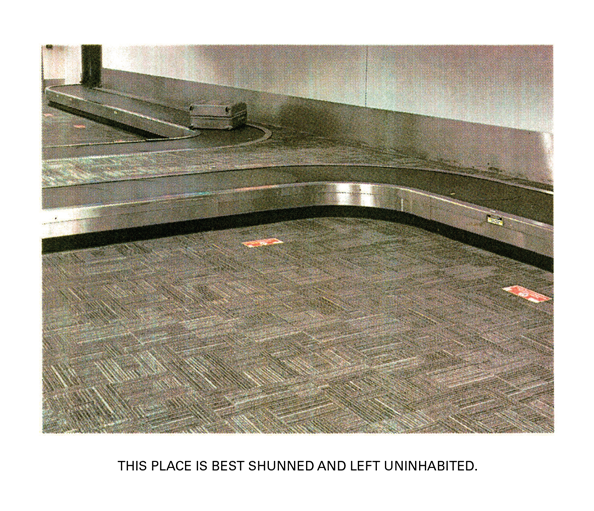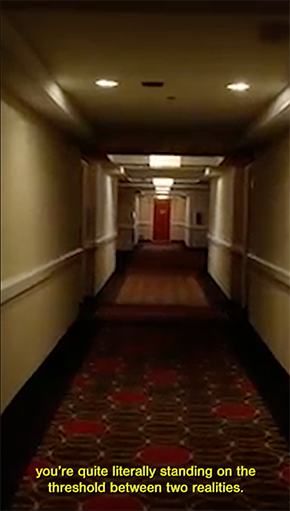Teodora Oita, Lingering on the threshold
grafisch ontwerp
Ronny Duquenne
Dirk Deblauwe
Sofie Vandamme
Constructing a grey area is tiring work, and the only way to escape is to get lost in it. Let it become you. Betwixt and between, evading all attempts at categorization. You think you know what it is, but you don’t. Or you think you know what it isn’t, but you don’t either. Ambiguity takes over and both branches of thought must make new translations to distill the information.
Ambiguity can either refer to something with two or more meanings, or something that is unclear; making this concept ambiguous by definition. From this, plurality, uncertainty, and doubt arise.
Enter liminality: the middle part of a rite of passage. A halfway point between what was and what will become, without being either. All elements of ambiguity are featured: the plurality and uncertainty of being between what you will become and what you were, and the doubt that arises when in limbo (for how do you define yourself when stuck there?)
Liminality represents a threshold — but what happens if one lingers on it?
AMBIGUITY — Either used in reference to something that can have two or more meanings, or to something that is unclear (which makes this concept ambiguous by definition). From this, plurality, uncertainty, and doubt arise.
LIMINALITY — A concept first introduced by the cultural anthropologist Arnold van Gennep in his book The Rites of Passage. There he defines liminality as the middle part of a rite of passage, a rite allowing for a transition from one state to another (e.g. change in social status). The liminal phase is a temporary suspension from normal life, and thus functions according to its own laws.




